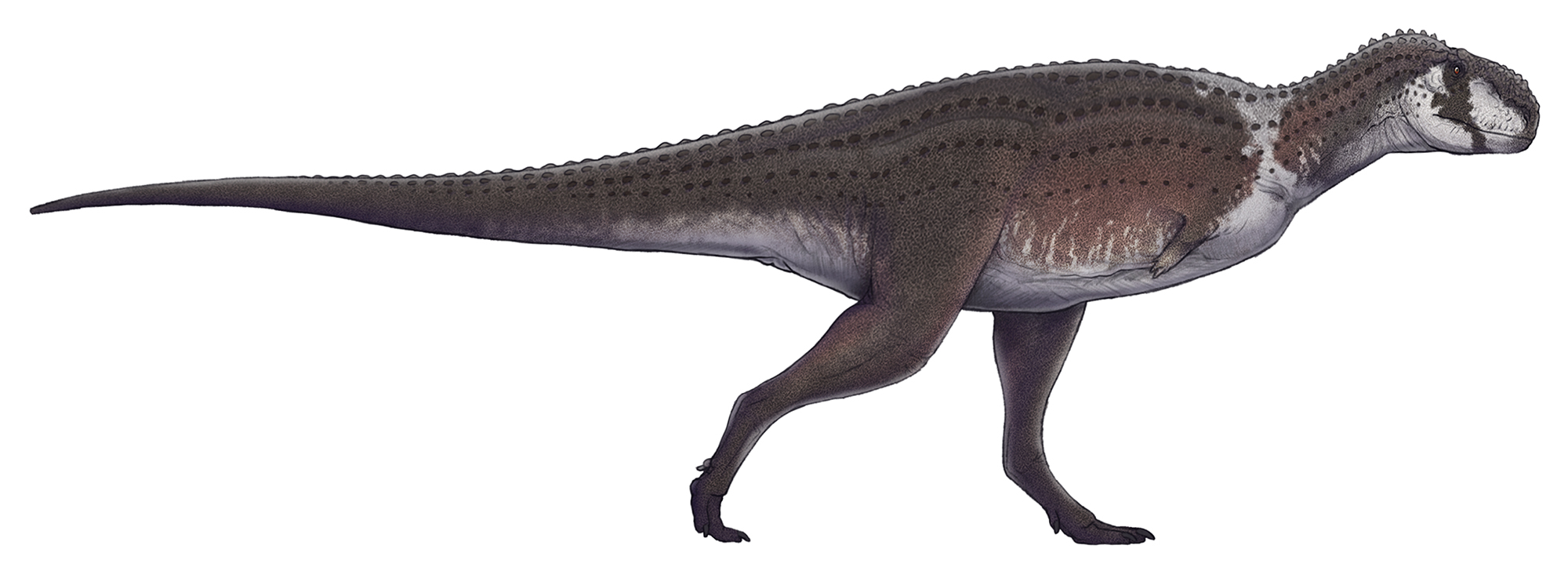|
Majungasaurines
Majungasaurinae (after ''Majungasaurus'', itself named after the city of Mahajanga in Madagascar) is a subfamily of large carnivorous Theropoda, theropods from the Upper Cretaceous, found in Madagascar, India, Spain, and France. It is a subgroup within the theropod family Abelisauridae, a Gondwanan clade known for their thick and often horned skulls and vestigial arms. The two subfamilies of Abelisauridae are Carnotaurinae, best known from the South American ''Carnotaurus'', and Majungasaurinae, consisting of Madagascar’s ''Majungasaurus'' and its closest relatives. Their ancestors emerged in the Middle Jurassic, and the clade lasted until the Upper Cretaceous. The majungasaurines were mid-sized, bipedal predators, but relatively slow moving. Their stout legs were built for striding, not running. They had tall, deep heads with powerful jaws, but small forearms without carpals in the wrists. Because of their slow gait and small arms, they likely preyed upon the larger, slower s ... [...More Info...] [...Related Items...] OR: [Wikipedia] [Google] [Baidu] |
Late Cretaceous
The Late Cretaceous (100.5–66 Ma) is the more recent of two epochs into which the Cretaceous Period is divided in the geologic time scale. Rock strata from this epoch form the Upper Cretaceous Series. The Cretaceous is named after ''creta'', the Latin word for the white limestone known as chalk. The chalk of northern France and the white cliffs of south-eastern England date from the Cretaceous Period. Climate During the Late Cretaceous, the climate was warmer than present, although throughout the period a cooling trend is evident. The tropics became restricted to equatorial regions and northern latitudes experienced markedly more seasonal climatic conditions. Geography Due to plate tectonics, the Americas were gradually moving westward, causing the Atlantic Ocean to expand. The Western Interior Seaway divided North America into eastern and western halves; Appalachia and Laramidia. India maintained a northward course towards Asia. In the Southern Hemisphere, Aus ... [...More Info...] [...Related Items...] OR: [Wikipedia] [Google] [Baidu] |

